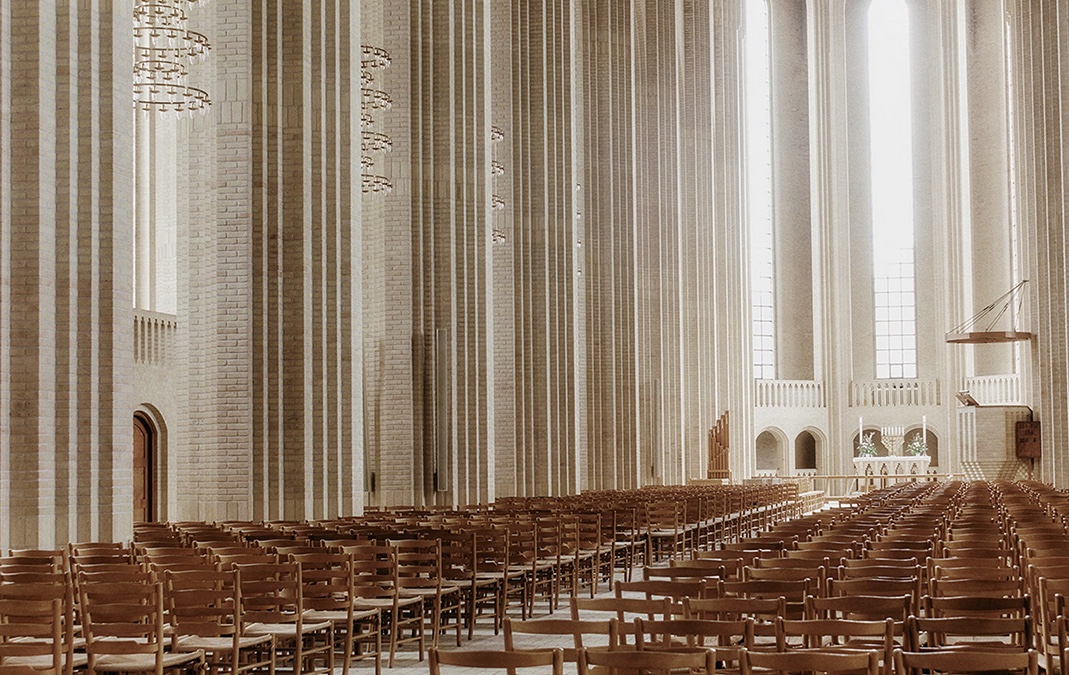The altar chair, often referred to as the "presider's chair" or "bishop's chair" in various religious contexts, holds a significant role within the architecture and liturgy of Christian worship spaces. It is not just a piece of furniture but a symbol of authority, service, and reverence. This article delves into the history, symbolism, design, and contemporary use of the altar chair in different Christian traditions.
Historical Context
Early Christianity
In the early days of Christianity, the simplicity of worship spaces reflected the humble beginnings of the faith. Early Christian gatherings took place in homes or clandestine locations due to persecution. As a result, dedicated furniture, including the altar chair, was minimal or non-existent. The presider, often a bishop or elder, would typically use any available seating.
Post-Constantinian Era
With the Edict of Milan in 313 AD, Christianity gained legal status in the Roman Empire, leading to the construction of dedicated church buildings. This period saw the emergence of more formal liturgical furniture, including the altar chair. The chair became a symbol of the bishop's teaching authority (cathedra), often placed in a prominent position within the church, such as the apse behind the altar.
Symbolism of the Altar Chair
The altar chair holds deep symbolic meaning within Christian liturgy:
- Authority and Teaching: Traditionally, the altar chair symbolizes the authority of the clergy, particularly the bishop. The term "cathedral" itself derives from "cathedra," the Latin word for chair, indicating the bishop's seat of authority.
- Service and Leadership: The chair also signifies the presider's role in leading the congregation in worship and service. It represents the call to lead with humility and dedication.
- Presence and Reverence: Positioned prominently, the altar chair signifies the presence of the spiritual leader during the liturgy, fostering a sense of reverence and focus among the congregation.
Design and Styles
The design of altar chairs varies significantly across different Christian traditions and historical periods. Here are some notable styles:
Romanesque and Gothic
During the Romanesque and Gothic periods, altar chairs were often elaborate, featuring intricate carvings and high backs. These designs reflected the architectural styles of the churches they inhabited, with pointed arches and ornate detailing.
Renaissance and Baroque
The Renaissance and Baroque periods brought even more opulence to church furniture. Altar chairs from this era often featured rich upholstery, gilded accents, and detailed iconography, reflecting the grandeur of the time.
Modern Designs
Contemporary altar chairs range from simple and minimalist designs to more traditional styles. Modern liturgical furniture often focuses on functionality and comfort while maintaining symbolic significance. Materials such as wood, metal, and fabric are commonly used.
Usage in Various Denominations
Roman Catholic Church
In Roman Catholicism, the presider's chair, often called the "cathedra" in cathedrals, is a central element of the sanctuary. It symbolizes the bishop's teaching authority and is typically placed prominently near the altar. In parish churches, the chair is used by the priest and is usually less ornate but still significant.
Eastern Orthodox Church
In the Eastern Orthodox tradition, the bishop's throne (synthronon) is often placed in the apse behind the altar, with a series of steps or seats for concelebrating clergy. The design is typically elaborate, reflecting the church's rich liturgical heritage.
Anglican and Protestant Churches
In Anglican and many Protestant denominations, the altar chair is used by the presider during worship services. The design and placement vary, with some traditions favoring simple designs and others incorporating more elaborate elements.
Contemporary Trends and Considerations
In contemporary church design, several trends and considerations influence the design and use of altar chairs:
- Ecumenism: Efforts to promote unity among Christian denominations sometimes influence the design of liturgical furniture, including altar chairs. Designers aim for styles that respect diverse traditions while fostering a sense of shared heritage.
- Accessibility and Comfort: Modern altar chairs often prioritize comfort and accessibility, recognizing the diverse needs of clergy and worshipers. Ergonomic designs and adjustable features are increasingly common.
- Sustainability: Sustainable materials and practices are becoming important in church furniture design. Altar chairs made from responsibly sourced wood, recycled materials, and eco-friendly finishes reflect a growing awareness of environmental stewardship.
The altar chair is more than a piece of furniture; it is a profound symbol of authority, service, and reverence within Christian worship. Its evolution from simple seating to an emblematic fixture in churches mirrors the development of Christian liturgical practices and architectural styles. Today, the design and use of altar chairs continue to evolve, balancing tradition with contemporary needs and values. Whether ornate or simple, each altar chair serves as a reminder of the sacred duties performed by those who preside over Christian worship, fostering a deeper connection between the congregation and their faith.




